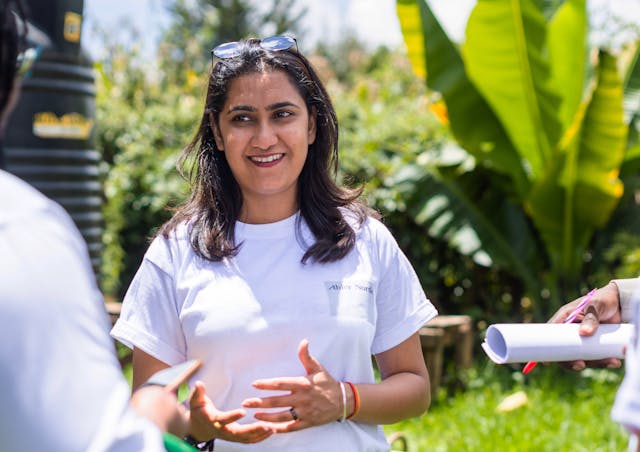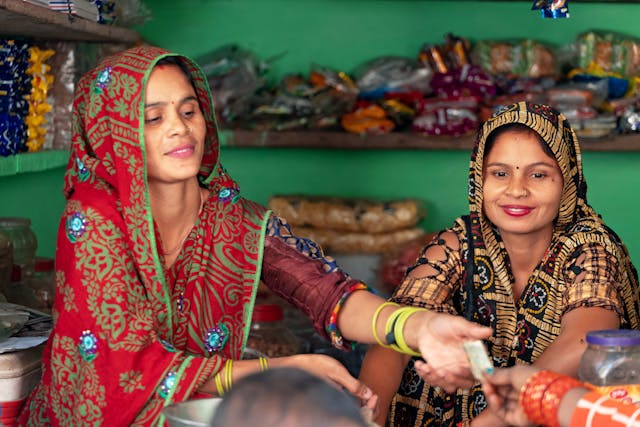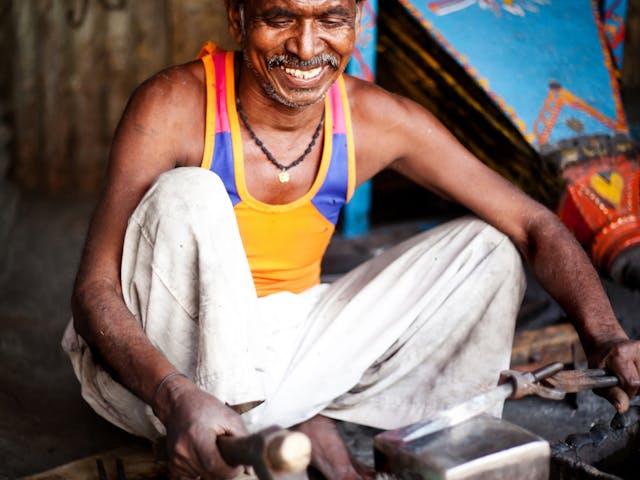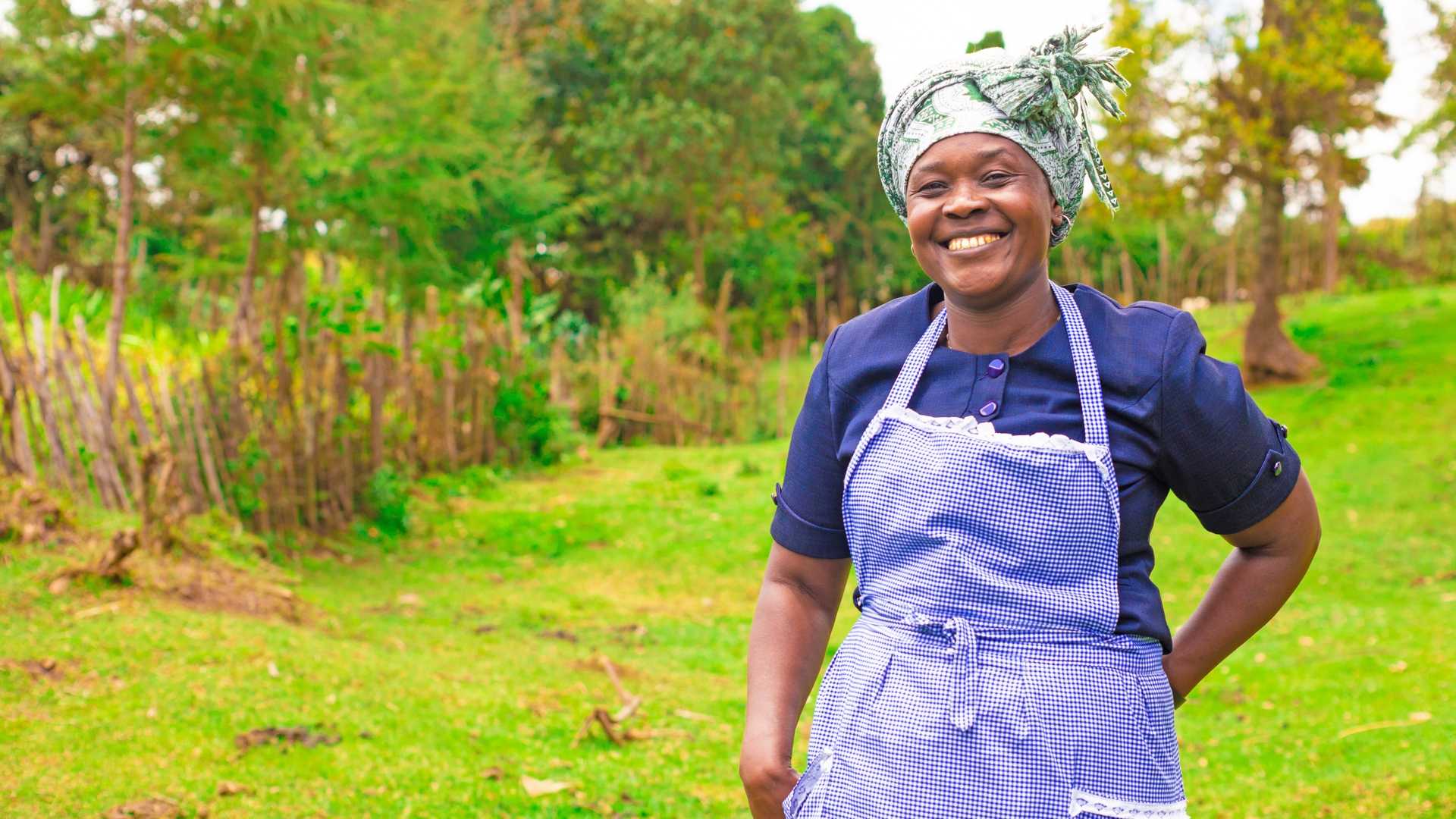
Insights from India — in conversation with Arthur Sletteberg
Our Managing Director Arthur Sletteberg recently sat down with the Impact Investors' Council to share insights and experiences from our investment journey in India that started back in 2008.
India has been a key market for Abler Nordic, with close to 40% of the $345 million committed capital invested as equity in Indian financial inclusion companies. It would be great to understand more about your Indian portfolio. What has been the investment strategy? It would be great to understand a few of your investee profiles and what made these enterprises stand out?
AS: India is where we started out back in 2008, initially investing purely in funds through Microfinance Investment Vehicles. Our investment strategy has since evolved into directly investing in companies, with a clear preference for equity. As active investors, we want to create collaborative partnerships and we strive to meet the needs of the companies we’re invested in. We represent long-term, patient capital, and are willing to take risks, investing where we believe we can achieve the biggest social impact alongside sustainable financial return.
Abler Nordic has evolved along with the financial inclusion sector over the past 15 years, broadening our scope from traditional microfinance into a wider range of financial services—such as affordable housing and leasing— that enable low-income households to build better lives. Through our portfolio companies, we cover the length and breadth of the country and have end-customers across the whole of India. Today, we have nine active equity investments in India and have successfully exited two investments in the past.
We’ve been fortunate enough to be part of many exciting journeys with the companies we’re invested in. We invested in Utkarsh Microfinance when they were a very small organization back in 2010, and over the years they have grown and transformed into a small finance bank providing a variety of savings and loan products to their customers, while remaining true to their target segment.
Sitara—our first investment in the affordable housing finance space in 2022—really stood out, as we see affordable housing finance as a crucial service, and Sitara is one of the few players in the space focused solely on low-income women and their households. They have a very clear social mission focused on both improving families’ living conditions and securing property rights and are reaching their social mission through a robust business model and highly competent management team.


Can you tell us more about your journey of investing in India, including the challenges and successes you've encountered along the way, and how you navigate the unique dynamics of the Indian impact investing ecosystem?
AS: When we started out investing in India more than a decade ago, we had a more opportunity-driven strategy based on the leads we received directly or through our peers, rather than a country-focused approach. We did not have a physical presence in the country and managed all transactions from the Norway office. Over the years, we realized the massive scale potential that Indian companies present, albeit with a set of unique challenges with respect to regulations, compliance, governance, and working culture being very different to the western world.
We focused on establishing a India-based team and building our network here, to source the right pipeline and to be closer to our investees. This helped us to better understand their businesses and support them more productively and actively. In India, we have the luxury problem of ‘plenty’ – different kinds of financial institutions raising funds continuously; it’s always busy! The challenge for us is to identify companies that fit our mandate and at the same time are backed by promoters and investor groups that align with our focus and level of governance.
We have also seen that financial inclusion in India is cyclical and vulnerable to external shocks. Every three years our companies are faced with a significant event and that impacts growth and outreach. We have now lived through a few cycles with our investees and have learnt to budget accordingly and adapt our investment thesis.
Investing in microfinance firms that provide financial services to low-income households has been the focus area for investing for the organization. In your opinion, what are some of the key challenges unique to the microfinance sector that could be potentially addressed by mobilizing additional private capital to MFIs?
AS: One of the biggest challenges for the financial inclusion sector is high operating costs -- significantly higher than commercial banks, due to the lending and administrative costs of serving low-income and often remote communities. Mobilising more risk-willing private capital can help MFIs invest in a strong technology backbone to improve their operational efficiency, and improve services and outreach, and ultimately reduce costs for borrowers.
Another key challenge is climate change, which people already living in poverty often experience the harshest consequences of, while having the least ability to cope. The increased frequency and intensity of extreme weather events like heatwaves, flooding and droughts affect living conditions, and threaten food sources and livelihoods.
The world has seen big investments in climate change mitigation measures such as renewable energy, and, whilst essential, we must also invest substantial resources in helping low-income communities build climate resilience and adapt to the damage and changes already underway. The cost of adaptation in developing countries is expected to reach $300 billion per year by 2030, according to the UN environment program. By contrast, investment in adaptation was only$46 billion in 2020, of which only $28.6 billion went to developing countries – the private sector can play a critical role in bridging this gap.


Abler Nordic’s India portfolio has enterprises that are leveraging technology to offer last-mile banking and financial solutions to the underserved. In your experience, what are some of the interventions that are required to ensure that the last mile is able to access affordable finance in a manner that is sustainable and can be scaled up? What kind of ecosystem support would be required to ensure a meaningful penetration of microfinance institutions?
AS: On the technology side, we have seen much progress with digital solutions that bring financial services closer to people, particularly rural communities where accessing brick and mortar branches would previously have required travelling significant distances. With the widespread availability of smartphones and internet services, mobile banking, online platforms, and mobile money solutions can help extend the reach of financial providers to make services more accessible to customers and reduce costs for both businesses and customers alike. One key change we have witnessed over the years in the institutions is the use of cash—100% cash disbursements and collections used to be the norm, but this has now changed drastically with the use of technology.
Another important digital step has been the increasing use of innovative credit scoring models. Traditional credit scoring models are often not applicable to the low-income population, and we have experienced that developing new credit scoring models using alternative data can help extend credit to those who lack a formal credit history.
We have also seen great results with agent banking. Many of our portfolio companies including Sub-K Impact Solutions and Dvara KGFS have local small businesses or individuals handling financial transactions on behalf of the organisation, bringing financial services right to the doorstep of the unbanked and underbanked. Partnerships with banks have also proven beneficial to institutions and customers alike in increasing outreach.
The ecosystem support required includes a robust digital infrastructure, clear and supportive policy and regulation from the government, and strong sector-wide customer protection frameworks to ensure customers do not become overindebted.
Are there any intersecting areas between climate finance and financial inclusion that could form potential investing opportunities for the organization?
AS: We see that financial service providers who work directly with low-income populations in developing countries are in a unique position to help their clients adapt to the effects of climate change. Access to a wide range of financial services such as climate-adapted housing finance, savings, agricultural financing, and insurance—in addition to microcredit—are fundamental in helping people cope with effects of climate change and build resilience towards future shocks. A farmer in Kenya needs a safety net in times of drought or unexpected flooding – savings and crop insurance can provide this. A family in India needs to replace the tin roof of their home due to intolerable indoor temperatures during increasing heatwaves – affordable housing finance helps them do this.
We are already very active in investing in financial institutions that help people adapt to climate change, and we are scoping out more investments that have a more specialised focus on particular areas within climate adaptation—for example, strengthening food security.
Abler Nordic has been a strong proponent of building the resilience of low-income communities through financial services. As we see the need for the vulnerable communities to be empowered with greater financial resilience, how can more domestic impact investors be inspired to increase their investments in this segment?
AS: One of the most inspiring aspects of investing in the financial inclusion space is seeing how access to finance works as the first step in reducing poverty. Once people have a bank account, they can use capital to start small businesses, increase their income, save money and access and prioritize health care, education and other crucial services. As the sector has evolved, we have also seen a lot of innovative product development that meet the holistic financial needs of low-income customers and have also been commercially successful for our portfolio companies.
One fantastic example of this is our portfolio company Svasti Microfinance, who have recently developed affordable, high benefit medical insurance for their customers—women living predominantly in slum communities. Healthcare in these communities is extremely complex, and historically the cost of medical insurance has been high, and the benefits limited.
Institutions like Abler Nordic and several other Development Finance Institutions (DFIs - usually majority owned by national governments) provided the catalytic capital to lay the foundation for companies in the financial inclusion sector. Arguably the most inspiring element for domestic investors is seeing how these investments can produce both sustainable social impact and solid financial returns. This has now been demonstrated through various successful companies being able to deliver on both fronts and provides a great opportunity for domestic investors to participate in the next phase of growth.
